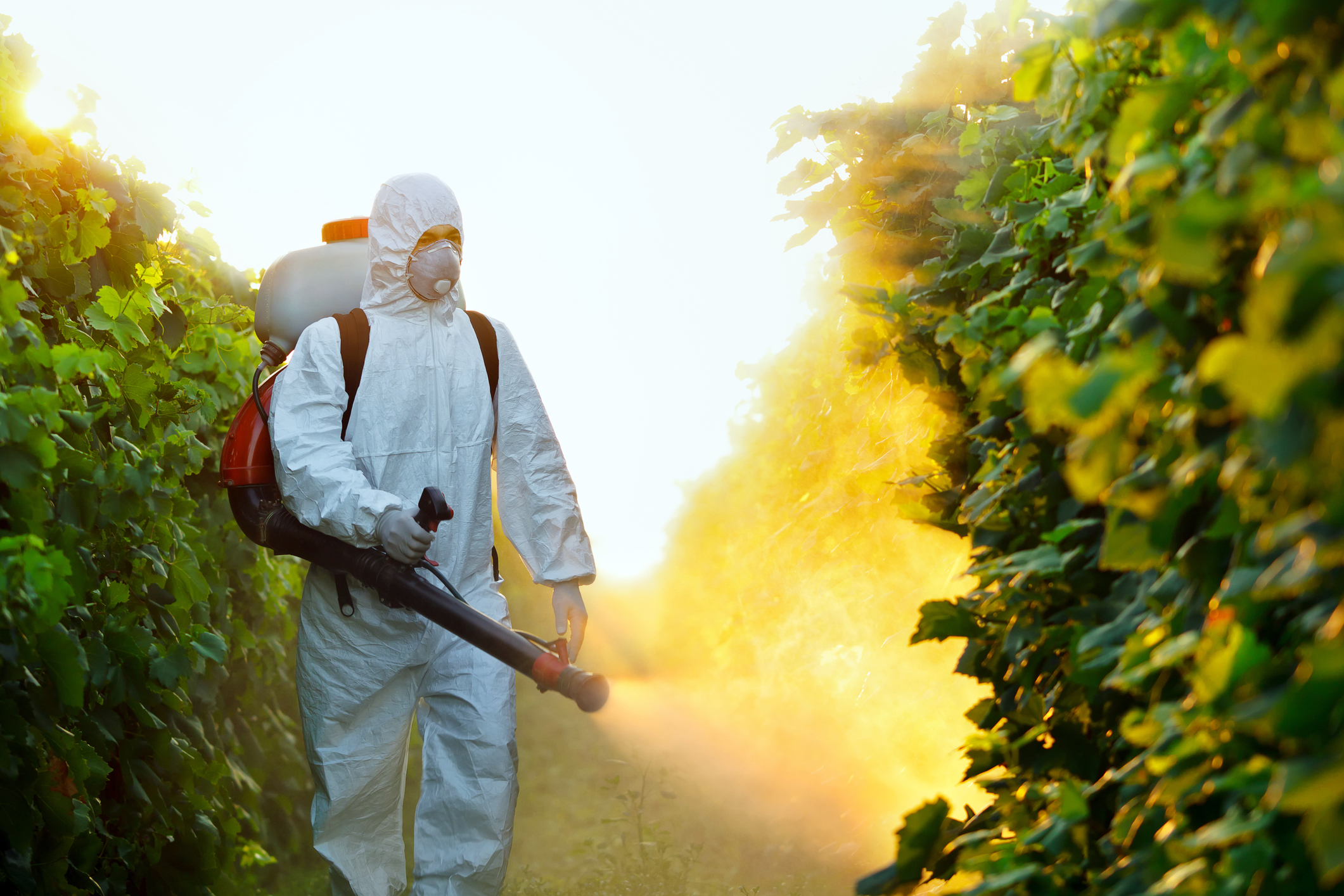Food & Climate
Some researchers and Scientists have accused the U.S. Environmental Protection Agency misleading about the reality of carcinogenic pesticides which has 1,3-dichloropropene that causes cancer.
The carcinogenic pesticides have chemical, 1,3-dichloropropene, or 1,3-D, a fumigant sold as Telone that farmers use to kill nematodes and other soil-dwelling organisms before planting.
Many studies have tied between the Pesticides which has 1,3-dichloropropene or any product has this chemical material and the cancer, that relation was assured by many realistic events, according to a report seen by “Food & Climate” platform.
For example, on a Southern California spring morning in 1973, a tanker truck driver jackknifed his rig and dumped the agricultural fumigant he was transporting onto a city street. A Los Angeles Fire Department emergency response team spent four hours cleaning up the chemical, 1,3.
Aggressive blood cancer
Seven years after the spill, two emergency responders developed the same rare, aggressive blood cancer—histiocytic lymphoma—and died within two months of each other.
Within a decade of the men’s deaths, described as case studies in JAMA Internal Medicine, the National Toxicology Program, or NTP, reported “clear evidence” that 1,3-D causes cancer in both rats and mice, according to “inside climate news”.
The finding led the U.S. Environmental Protection Agency to classify the chemical as “likely to be carcinogenic to humans” the same year, 1985. So, it wasn’t a surprise when researchers at the University of California, Los Angeles reported in 2003 that Californians who’d lived at least two decades in areas with the highest applications of 1,3-D faced a heightened risk of dying from pancreatic cancer.
Yet EPA’s Office of Pesticide Programs’ Cancer Assessment Review Committee, or CARC, concluded in 2019 that 1,3-D—originally embraced by tobacco companies for its unparalleled ability to kill anything in soil that might harm their plants—isn’t likely to cause cancer after all.
In doing so, EPA, whose mission is to protect human health and the environment, rejected the human evidence, calling the UCLA study “low quality.” It also dismissed the authoritative NTP study and studies in lab animals that documented 1,3-D’s ability to damage DNA, a quintessential hallmark of cancer.
Instead, EPA’s CARC relied on studies provided by Dow AgroSciences (now called Corteva), the primary manufacturer of 1,3-D, and proposed a review of evidence linking the fumigant to cancer by SciPinion, a consulting firm hired by Dow, as an external peer review of its work. The decision to entrust external review to a Dow contractor has drawn repeated criticism, including from the agency’s watchdog, the Office of Inspector General, or OIG.
They are carcinogenic pesticides
In 2021, two years after EPA’s CARC downgraded 1-3-D’s cancer status, the National Toxicology Program—the nation’s preeminent toxicology research arm—again said the chemical is “reasonably anticipated to be a human carcinogen.”
“We’re extremely concerned that EPA’s pesticide office is captured by industry, that its science is not trustworthy and that its staff are supposed to deliver for the industry, as opposed to protecting the public health,” Whitehouse, a former EPA enforcement attorney, told Inside Climate News.
EPA classifies a substance as “likely to be carcinogenic to humans” based on multiple criteria, including evidence of cancer effects in animal experiments in “more than one species, sex, strain, site or exposure route, with or without evidence of carcinogenicity in humans.”
EPA acknowledged that 1,3-D caused liver tumors in rats but dismissed the mouse lung tumors by accepting Dow’s theory that if tumors occur above a dose determined by a computer model, they’re not relevant to humans. SciPinion’s Hays co-authored a paper with Dow scientists promoting the approach for agrochemical risk assessment in 2016. That approach is not accepted by the broader scientific community, and independent researchers said there is no scientific basis for EPA to rely on it to discount evidence that 1,3-D causes lung tumors in mice.

Growers applied more than 60 million pounds of 1,3-D to fields in 2018, according to the most recent data. In downgrading 1,3-D’s cancer status, EPA’s CARC sanctioned a 90-fold increase in the exposure level previously considered “an unreasonable risk.”
The decision will expose agricultural communities and farmworkers, who already live and work alongside the highest applications of 1,3-D and other dangerous pesticides, to even higher levels of a fumigant independent researchers have shown damages DNA in cells and lab animals, and linked to cancer and respiratory problems, including asthma, in humans. Even tiny, temporary spikes in 1,3-D concentrations increase the need for emergency asthma treatment, researchers have found.

